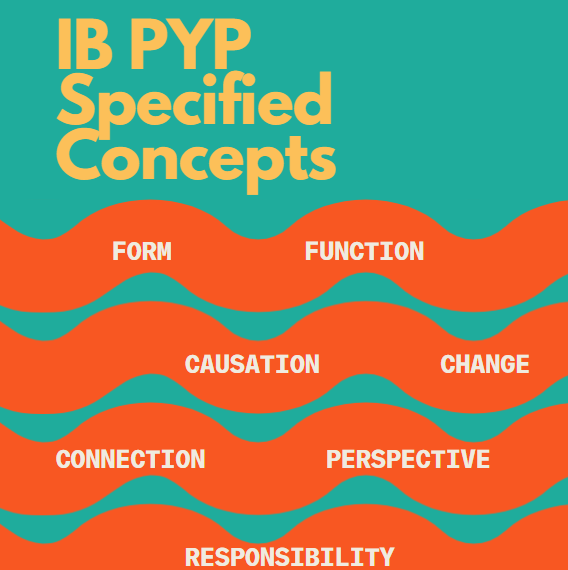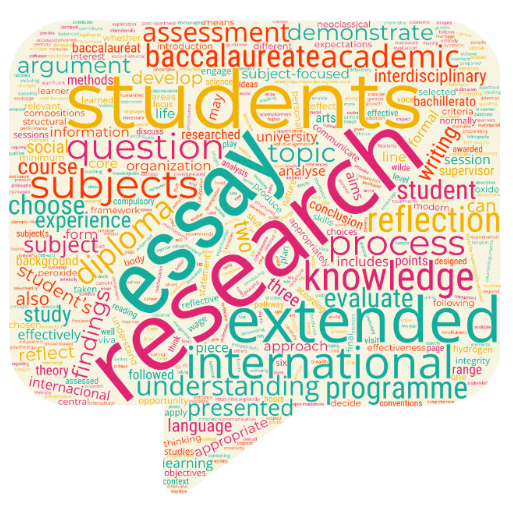Updated: Nov 11, 2023
The What
In the previous post, we noted that many schools and school districts are united on mission to nurture lifelong learners. Continuing down that path, let us briefly explore the characteristics that an institution might strive to cultivate in order to equip students in knowing how to learn and wanting to do so throughout their lifetime.
If we consider the five skill categories designated by the International Baccalaureate (IB) as we did in the first of this series blog, we can use them as a lens for looking into what traits would undergird those skills. Our big question that we will use to inquire into this intersection between our goals for skills for equipping lifelong learners and the characteristics that would support these skills is, What traits might we nurture in our students to support the acquisition of the skills to develop lifelong learners? The graphic below can serve as a springboard to help facilitate thinking and discussions around this question. It presents possible traits (IB Learner Profile Traits) aligned to the skills.

The How
Project Zero’s (PZ) Thinking Routine, Circle of Viewpoints, is one activity that can be used for exploring how to help nurture students to become more caring. This exploration might look like this: “We would like to help nurture our students to become more caring. We can provide a relevant scenario for students such as this: A student that just moved from another country moved to our school. This student is feeling overwhelmed. How can we help? Now we are going to actually practice what this looks and feels like by doing the activity. On your tables is a Circle of Viewpoints template for each of you to record your thinking. The topic we will focus on is, ‘Sara is new to our country, culture, and school and is feeling overwhelmed.’”
Next, they would go through the steps of the thinking routine. A whole group template can be filled in as people share from their own. Finally, staff can share how they can use this routine to help nurture students to be more caring in their own context and even using their own content. Record their ideas for the group to view so ideas can be shared.
This process can be repeated with other scenarios to determine ways to teach the other characteristics needed for lifelong learning. By using this second question, ‘How will we build learning experiences, environment and culture to cultivate targeted traits in learners?’, we can identify scenarios and learning experiences that will build those targeted attributes in ways that can support the five approaches to learning skills areas. The graphic below serves as an example for the possibilities of using other PZ Thinking Routines to create a purposeful plan of action.

Author
-

Jill is the CASIE Director of Education. She has a Master’s degree in Educational Leadership from Clark Atlanta University and a Bachelor’s degree in Education from The Ohio State University. Her past work experience includes serving as a teacher, IB coordinator, assistant principal, associate principal, 12 years as a principal with the last 7 leading an IB World School, Executive Director of Academic Programs including all four IB Programmes, head of of Curriculum and Assessment for Marietta City Schools, and an IB Educator Network programme leader. She enjoys learning, reading, walking, spending time with her husband, daughter, son, daughter-in-law, and friends.
View all posts




